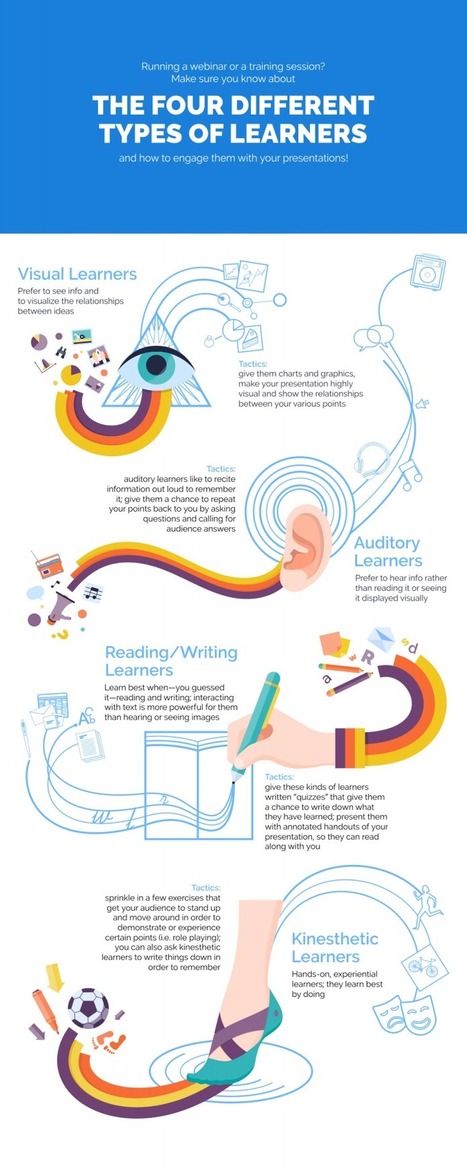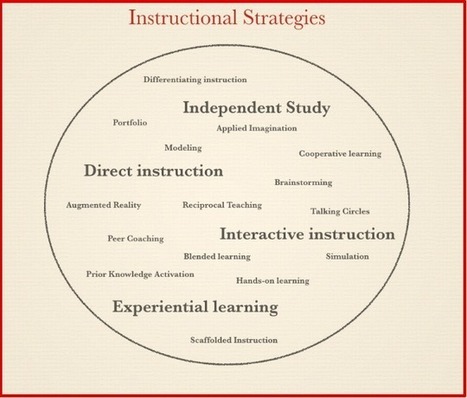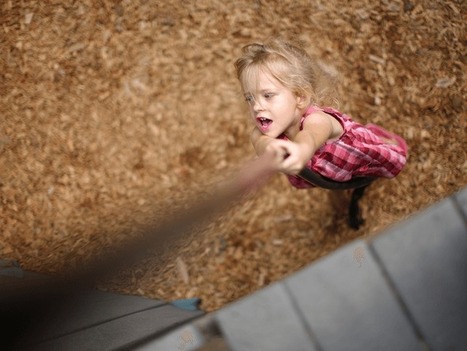Via elearninginfographic, Laurent Picard
Get Started for FREE
Sign up with Facebook Sign up with X
I don't have a Facebook or a X account

 Your new post is loading... Your new post is loading...
 Your new post is loading... Your new post is loading...
|

Viljenka Savli (http://www2.arnes.si/~sopvsavl/)'s curator insight,
December 29, 2015 3:21 AM
It would be nice if every and each teacher added one own thought to the list. I add: ...to pass my enthusiasm to them in a pleasant and inspiring way and to understand and respect their own one... 
Inma Contreras's curator insight,
January 5, 2016 9:16 PM
What teaching means... all,nearly all in a real teacher's life.

Rosie Peel's curator insight,
June 8, 2013 3:07 AM
This is very insightful when creating an effective, authentic and reliable curation collection. It is resources like this one that I feel will benefit others in their teaching and learning journey. 
Dorothy Minor's curator insight,
July 8, 2013 3:29 PM
This infographic provides insight into showing how to enhance learning. Critical thinking is an important skill in today's world. Students need encouragement in taking ownership of their own learning. We can find ways to encourage students from this link. 
Daniel Jimenez Zulic's curator insight,
August 3, 2013 12:04 PM
Ya en el esquema se ve como ir mejorando la practica, seleccion y calificacion de los sitios y contenidos.

Philippe-Didier Gauthier's curator insight,
December 24, 2014 7:47 AM
#DémarchePortfolio #Apprenance : les grandes transformations des apprentissages sont déjà là.... |











![Curation for Teachers [Infographic] | Aprendiendo a Distancia | Scoop.it](https://img.scoop.it/x2S7m-nvkwhh2bn1YCFA0jl72eJkfbmt4t8yenImKBVvK0kTmF0xjctABnaLJIm9)






Through these article you will understand each particularity depending of the type of learner and which content is better for each one. It provides useful tips and explanations.